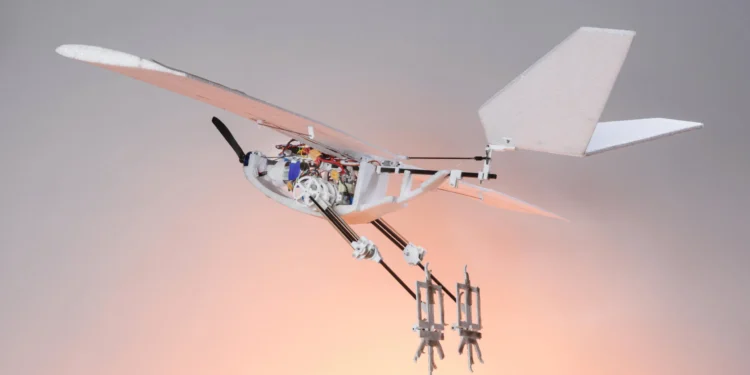In the innovative landscape of aerial robotics, a groundbreaking development is capturing attention. A team of Swiss researchers at the École Polytechnique Fédérale de Lausanne has introduced a fixed-wing drone, named RAVEN (Robotic Avian-inspired Vehicle for multiple ENvironments), that features a unique set of robotic bird-like legs. This design not only enables the drone to perform traditional flight manoeuvres but also allows it to walk, hop over obstacles, and execute a jumping takeoff, mimicking the capabilities of real birds.
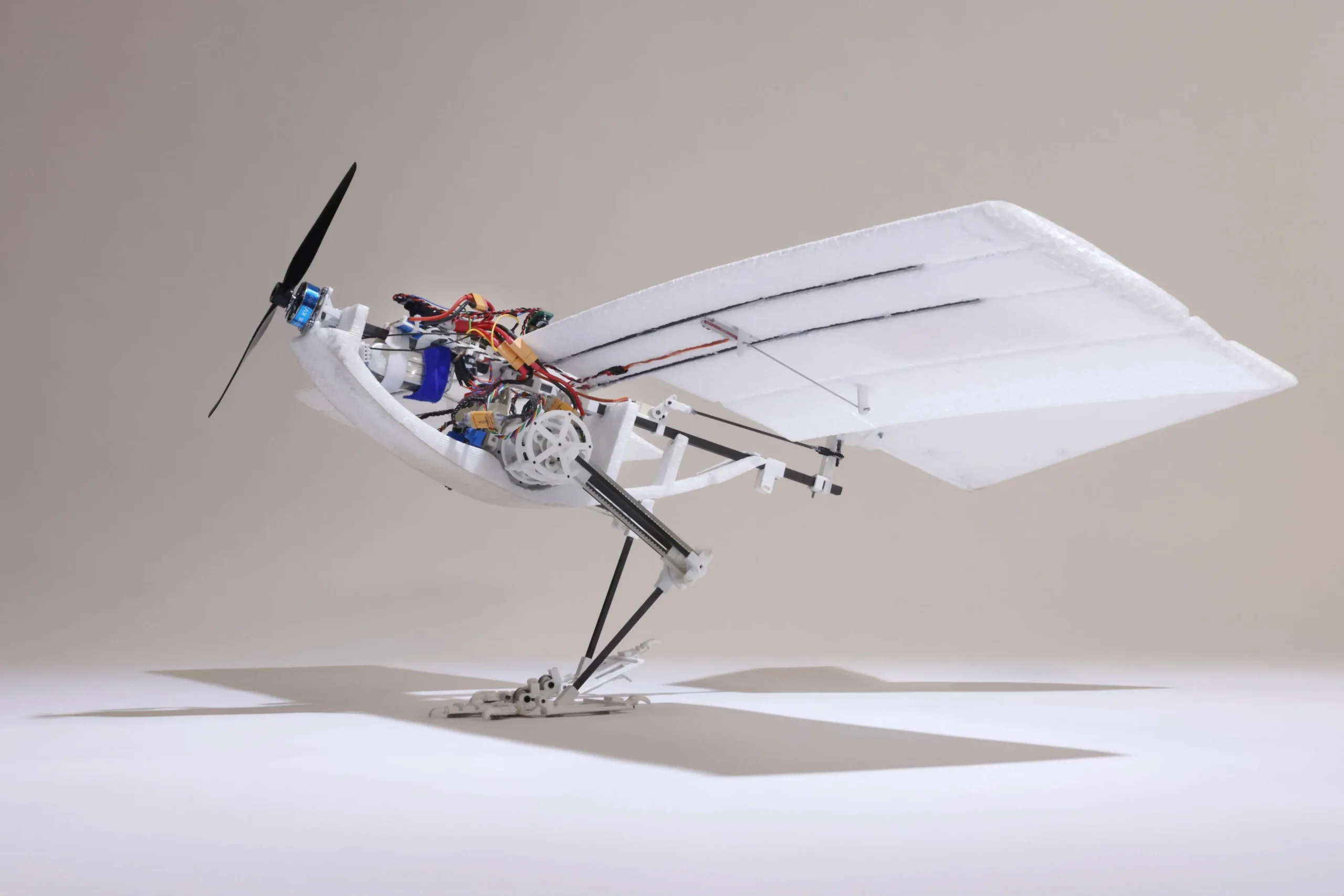
Technical Innovations and Performance Enhancements
The typical drone setup involves rotary-wing quadcopters known for their convenient vertical takeoffs and landings but lacking in energy efficiency for longer flights. Conversely, fixed-wing drones boast greater distance coverage and extended air time but typically require runways or manual launches. The RAVEN project aims to bridge these operational gaps with its biologically inspired leg design, enhancing both the versatility and functionality of drone technology.
Won Dong Shin, the lead engineer on the project, explains the inspiration and challenges behind this innovative design: “The RAVEN robot can walk, hop over obstacles, and do a jumping takeoff like real birds,” illustrating a significant advancement in drone capabilities. The development process involved detailed studies of bird leg anatomy to create a lightweight yet functional limb that balances the additional mass with mechanical efficiency.
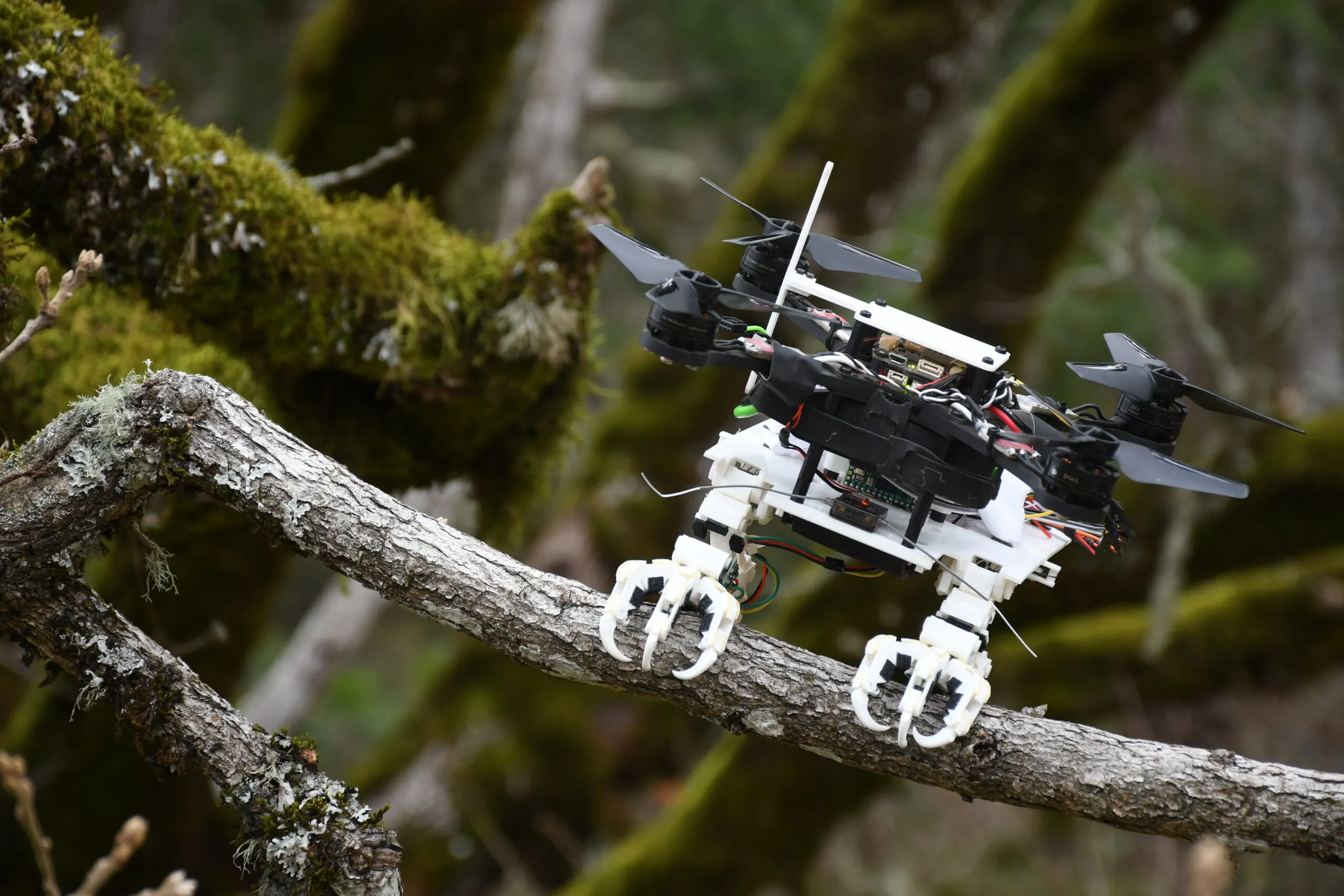
Future Applications and Enhancements
The robotic legs, while heavier than those of a typical bird such as a carrion crow, are engineered for optimal performance. “We introduced simplifications such as omitting the knee joint and actuated toe joints, focusing mass around the hip joint, which is powered by a standard drone propeller,” Shin details. Additionally, the inclusion of a torsional spring in the ankle joint mimics the natural energy storage and release seen in birds, boosting the drone’s takeoff speed by 25 per cent.
This design not only facilitates a more dynamic range of movements but also enhances the drone’s energy efficiency. Shin shares an intriguing discovery from their experiments: “The jumping takeoff was the most energy-efficient strategy, surprisingly. It generated much higher acceleration, offering better energy returns compared to other takeoff methods.” This efficiency is crucial for applications where power conservation and quick deployment are essential.
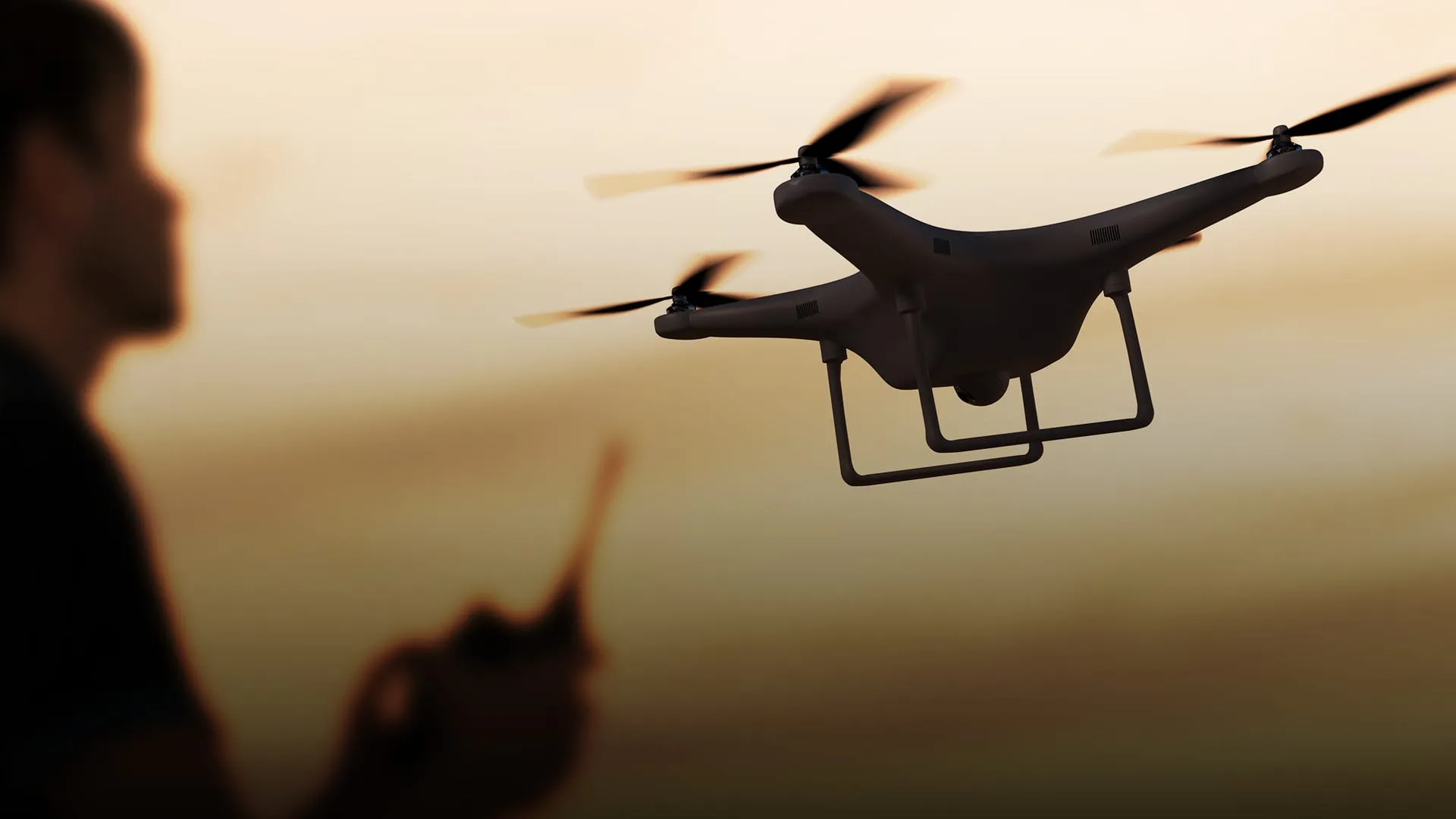
Looking ahead, the RAVEN project is not without its challenges. The current model requires separate programming for each obstacle and cannot use its legs to land, limitations Shin and his team are keen to address. “We plan to integrate sensors to aid in landing and perhaps even explore foldable wings to navigate tight spaces,” Shin reveals, underscoring the ongoing evolution of the project.
The potential applications for RAVEN are vast, from search and rescue missions to more efficient parcel delivery in remote areas. “A bird-like drone could significantly reduce the costs and increase the efficiency of delivering supplies to mountainous regions, traditionally serviced by helicopters,” suggests Shin, highlighting the practical benefits of this technology.
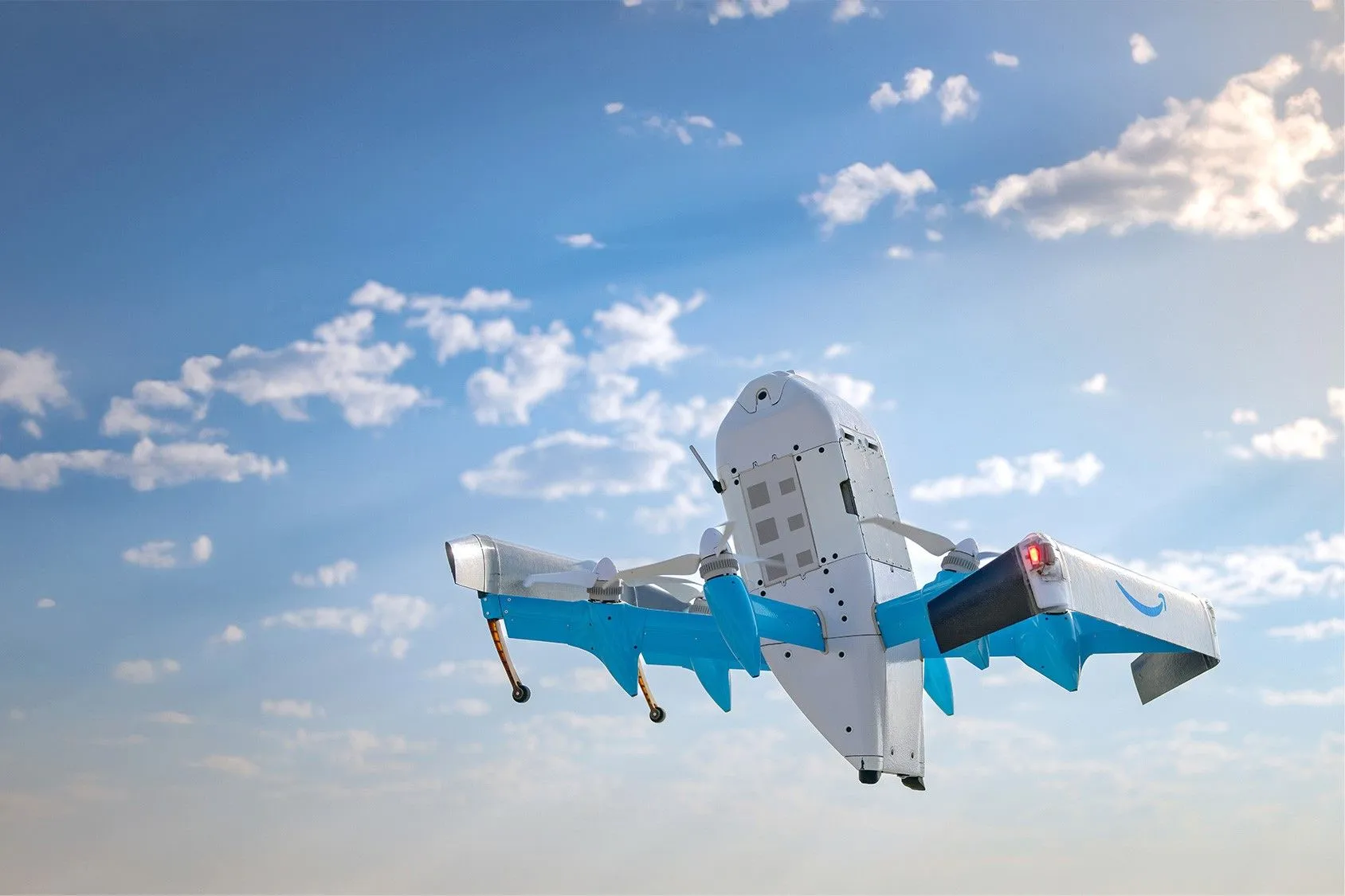
As drone technology continues to evolve, projects like RAVEN are setting new benchmarks for what these devices can achieve. By embracing the complexities of bio-inspired designs, researchers are unlocking new possibilities for drones, transforming them from mere aerial vehicles into versatile, multi-environmental robots capable of more autonomous and efficient operations. This blend of nature’s designs with cutting-edge technology not only enhances the capabilities of drones but also expands their potential to serve humanity in innovative and impactful ways.

